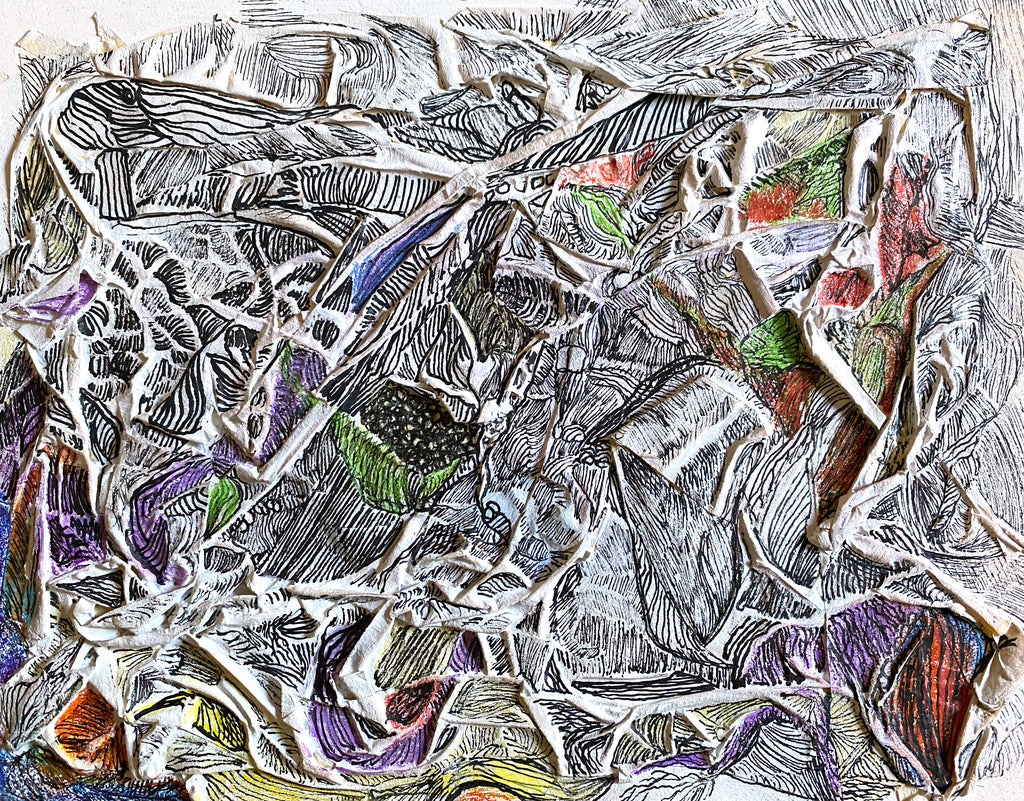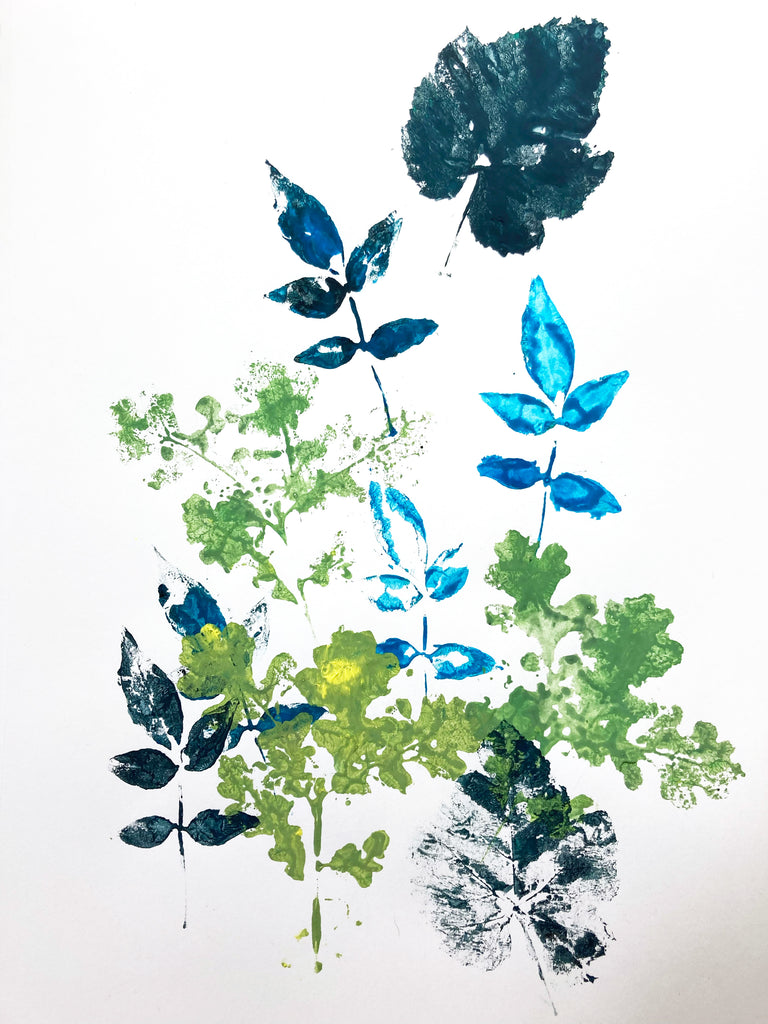The Artist and the Sketchbook - June 2022

(Above) Virginia Carstarphen
This summer we used our sketchbooks to gain a better understanding of the physical world that surrounds and supports us everyday. During the month of June, we explored the concepts of tracings, filaments, and symbiosis through naturalistic drawing approaches, linear mapping with ink and experimental color, masking tape topography, and printing with natural forms.
 Kathleen Maltese
Kathleen Maltese Virginia Carstarphen
Virginia Carstarphen Mary Gomberg
Mary Gomberg  Mary Ridley
Mary Ridley Sue Teller
Sue Teller Kathleen Maltese
Kathleen Maltese Mary Gomberg
Mary Gomberg
 Mary Ridley
Mary Ridley Susan Gamerman
Susan Gamerman Mary Gomberg
Mary Gomberg Mary Ridley
Mary Ridley